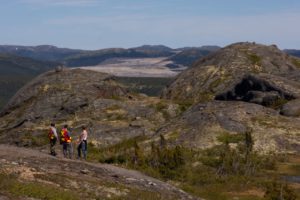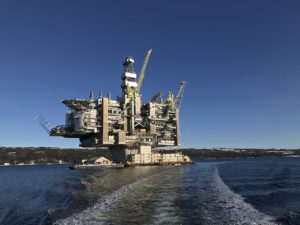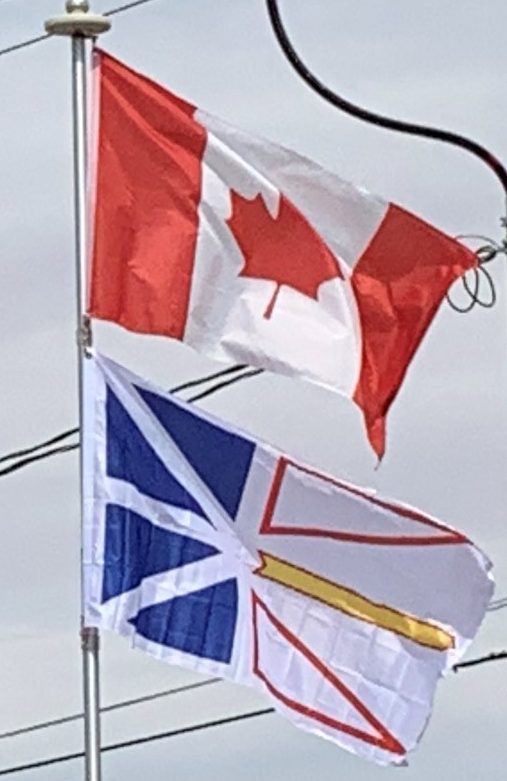Following the referendum, there was a rumor the referendum had been narrowly won by the “responsible government” side, but the result had been fixed by the British governor. Shortly after the referendum, several boxes of ballots from St. John’s were burned by order of Herman William Quinton, one of only two commissioners who supported confederation. Some have argued independent oversight of the vote tallying was lacking, though the process was supervised by respected Corner Brook Magistrate Nehemiah Short, who had also overseen elections to the National Convention.
The above is primarily a history of the island of Newfoundland. Detailed information about Labrador is available elsewhere in this blog.
Economy:
For many years, Newfoundland and Labrador had experienced a depressed economy. Following the collapse of the cod fishery during the early 1990s, the province suffered record unemployment rates and the population decreased by roughly 60,000. Due to a major energy and resources boom, the provincial economy has had a major turnaround since the turn of the 21st century. Unemployment rates decreased, the population stabilized and had moderate growth. The province has gained record surpluses, which has rid it of its status as a “have not” province.

Service industries accounted for the largest share of GDP, especially financial services, health care and public administration. Other significant industries are mining, oil production and manufacturing. The total workforce in 2010 was 263,800 people. Per capita GDP in 2008 was $61,763, higher than the national average and third only to Alberta and Saskatchewan out of Canadian provinces.
Mines in Labrador, the iron ore mine at Wabush/Labrador City, and the nickel mine in Voisey’s Bay produced a total of $3.3 billion worth of ore in 2010. A mine at Duck Pond (30 km (18 mi) south of the now-closed mine at Buchans), started producing copper, zinc, silver and gold in 2007, and prospecting for new ore bodies continues. Mining accounted for 3.5% of the provincial GDP in 2006. The province produces 55% of Canada’s total iron ore. Quarries producing dimension stone such as slate and granite, account for less than $10 million worth of material per year.
Oil production from offshore oil platforms on the Hibernia, White Rose and Terra Nova oil fields on the Grand Banks was of 110,000,000 barrels, which contributed to more than 15 per cent of the province’s GDP in 2006. Total production from the Hibernia field from 1997 to 2006 was 733,000,000 barrels with an estimated value of $36 billion.

Newsprint is produced by one paper mill in Corner Brook with a capacity of 462,000 tons per year. The value of newsprint exports varies greatly from year to year, depending on the global market price. Lumber is produced by numerous mills in Newfoundland. Apart from seafood processing, paper manufacture and oil refining, manufacturing in the province consists of smaller industries producing food, brewing and other beverage production.
The fishing industry remains an important part of the provincial economy, employing roughly 20,000 and contributing over $440 million to the GDP. The combined harvest of fish such as cod, haddock, halibut, herring and mackerel was 92,961 tonnes in 2017, with a combined value of $141 million. Shellfish, such as crab, shrimp and clams, accounted for 101,922 tonnes in the same year, yielding $634 million. The value of products from the seal hunt was $1.9 million. Aquaculture is a new industry for the province, which in 2015 produced over 22,000 tonnes of Atlantic salmon, mussels and steelhead trout worth over $161 million. Oyster production is also expected to start in the province.
